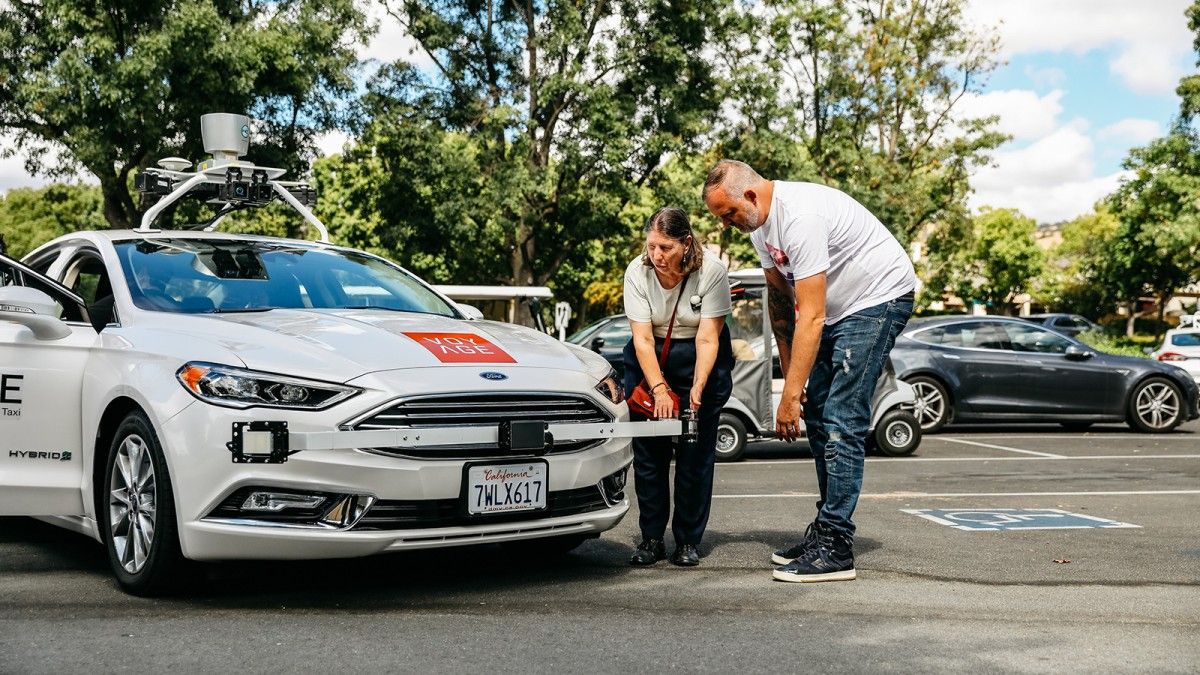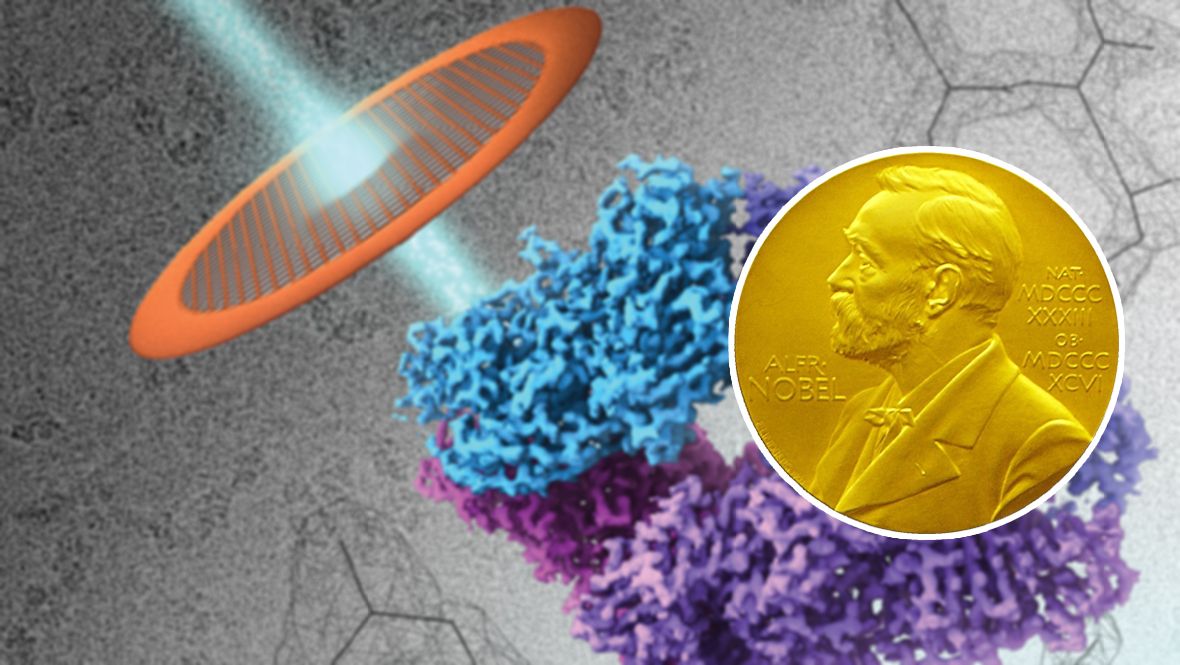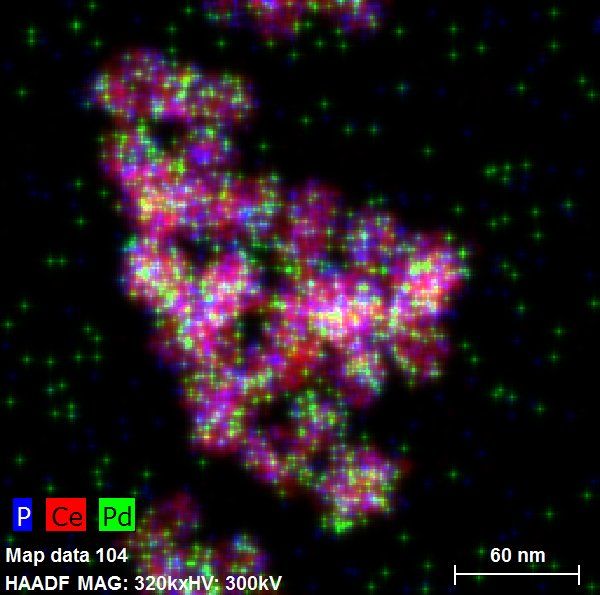Click on photo to start video.



Plenty of obstacles, no regulations, and nobody in a huge rush—sounds like an ideal proving ground for autonomous cars. Self-driving startup Voyage certainly thinks so, because it’s just kicked off a trial at the Villages Golf and Country Club, a 4,000-resident retirement community with 15 miles of roads located in San Jose, California.
Speeds on the roads at the Villages are limited to 25 mph, but most autonomous car tests in cities and suburbs don’t go a great deal faster than that anyway. Still, the roads are full of the same kinds of obstacles you’d find in most suburbs: pedestrians, animals, golf buggies. Okay, maybe the golf buggies are a new hazard to most driverless cars.
But the biggest draw for the move is secrecy. As the New York Times points out, because the community is a private residence, Voyage doesn’t need to comply with the whims of regulators, which means it can try out new things without anyone finding out. And perhaps it can even explore using entirely driver-free vehicles sooner than it could on real roads.

There’s a lot we don’t know about the actinides. On the periodic table, this series of heavy, radioactive elements hangs at the bottom, and includes a host of mysterious substances that don’t naturally occur on Earth.
Among this cast of unknowns, berkelium looks to be even stranger than we realised. New experiments with this incredibly rare synthetic element have shown that its electrons don’t behave the way they should, defying quantum mechanics.
“It’s almost like being in an alternate universe because you’re seeing chemistry you simply don’t see in everyday elements,” says chemist Thomas Albrecht-Schmitt from Florida State University.

The Royal Swedish Academy of Sciences has decided to award the Nobel Prize in Chemistry 2017 to Jacques Dubochet (University of Lausanne, Switzerland), Joachim Frank (Columbia University, New York, USA) and Richard Henderson (MRC Laboratory of Molecular Biology, Cambridge, UK) “for developing cryo-electron microscopy for the high-resolution structure determination of biomolecules in solution”.
We may soon have detailed images of life’s complex machineries in atomic resolution. The Nobel Prize in Chemistry 2017 is awarded to Jacques Dubochet, Joachim Frank and Richard Henderson for the development of cryo-electron microscopy, which both simplifies and improves the imaging of biomolecules. This method has moved biochemistry into a new era.
A picture is a key to understanding. Scientific breakthroughs often build upon the successful visualisation of objects invisible to the human eye. However, biochemical maps have long been filled with blank spaces because the available technology has had difficulty generating images of much of life’s molecular machinery. Cryo-electron microscopy changes all of this. Researchers can now freeze biomolecules mid-movement and visualise processes they have never previously seen, which is decisive for both the basic understanding of life’s chemistry and for the development of pharmaceuticals.

This substance is a complex natural polymer called lignin, and it is the second largest renewable carbon source on the planet after cellulose.
This natural abundance has drawn high interest from the research community to chemically convert lignin into biofuels. And if plant life really does hold the building blocks for renewable fuels, it would seem that we are literally surrounded by potential energy sources everywhere green grows.
But untangling the complex chains of these polymers into components, which can be useful for liquid fuel and other applications ranging from pharmaceuticals to plastics, has presented an ongoing challenge to science and industry.

Light-activated nanoparticles, also known as quantum dots, can provide a crucial boost in effectiveness for antibiotic treatments used to combat drug-resistant superbugs such as E. coli and Salmonella, new University of Colorado Boulder research shows.
Multi-drug resistant pathogens, which evolve their defenses faster than new antibiotic treatments can be developed to treat them, cost the United States an estimated $20 billion in direct healthcare costs and an additional $35 billion in lost productivity in 2013.
CU Boulder researchers, however, were able to re-potentiate existing antibiotics for certain clinical isolate infections by introducing nano-engineered quantum dots, which can be deployed selectively and activated or de-activated using specific wavelengths of light.
In its secretive R&D department, Honda has been developing a bipedal disaster robot designed to climb through crumbled buildings.
Honda unveiled the prototypical E2-DR robot last week at the 2017 International Conference on Intelligent Robots and Systems in Vancouver, reports IEEE Spectrum. As the Honda video shows, the E2-DR robot can climb ladders, ascend stairs, crawl through tight spaces, and manipulate its body to squeeze through cracks.
SEE ALSO: Robotics expert Dr. Ross Mead reveals the truth about your favorite movie robots.

No more staples.
